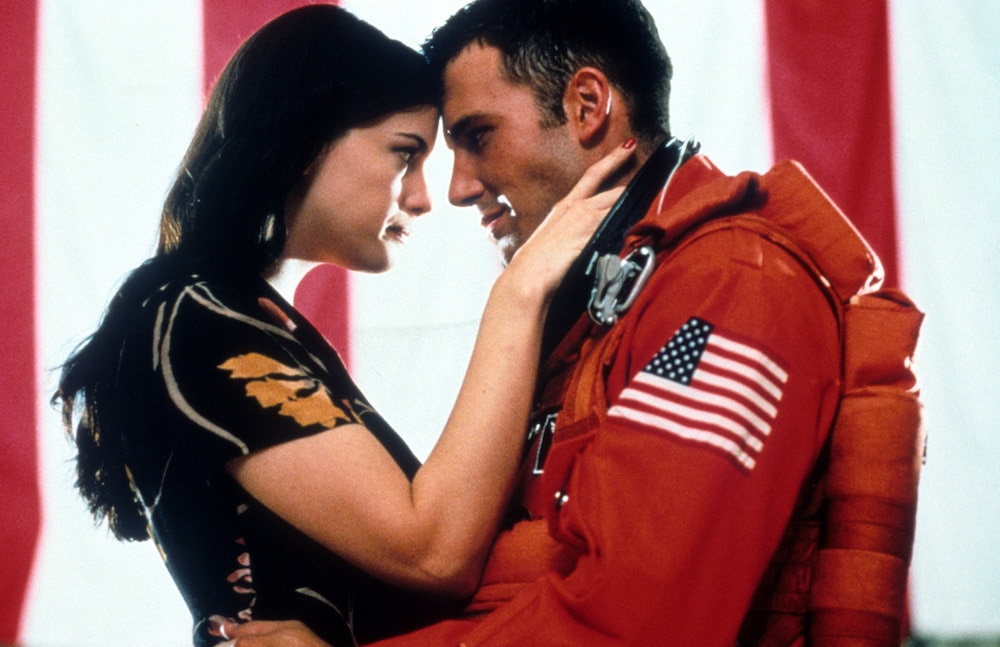Create a free profile to get unlimited access to exclusive videos, sweepstakes, and more!
'Armageddon' director Michael Bay on NASA's asteroid deflection test: 'Our plan was not far off'
Art imitates life, imitates art, etc.

More than two decades ago, Michael Bay made a movie about NASA's last-ditch mission to save humanity by destroying an asteroid hurtling towards Earth. Now, at least a few pieces of the plot of that film are playing out in real time, and Bay's just happy the word's getting out that asteroids hitting the planet really are a thing we might have to worry about.
Last week, NASA launched its DART (Double Asteroid Redirection Test) mission aboard a SpaceX Falcon 9 rocket, setting in motion a real-life test of a plan several major space agencies around the world have been working through on paper for some time now. The DART craft is essentially a 1,200-pound shooter marble that will hurtle through space, around the Sun, until it collides at speeds of 15,000 miles per hour with an asteroid named Dimorphos. If the plan works, DART will knock Dimorphos off course just enough to make a different, proving that NASA could conceivably do the same thing in the future with an asteroid that might be aimed directly for Earth with the potential to wipe out the planet.
This is not, of course, what happened in Michael Bay's 1998 film Armageddon, a sci-fi action spectacular in which a team of oil rig workers led by Harry Stamper (Bruce Willis) journeys into space to drill down into the core of an asteroid headed for Earth in order to plant a bomb and blow the whole space rock to pieces. When reached for comment, though, Bay noted that it was among the real-life plans discussed during the making of the wild space adventure.
“Our plan was not far off,” Bay told The Wrap. “Thank God they’re doing something because these things (asteroids), they’re lethal. They come in 24,000 miles an hour, if I remember correctly — it’s an airburst to the ground.”
In the film, as NASA scrambles to come up with a plan to stop the asteroid with less than three weeks until impact, a number of plans are discussed, including the idea that the U.S. government fire a number of nuclear missiles at the rock to either completely obliterate it or at least knock it off course. Dr. Ronald Quincy (Jason Isaacs) explains why that won't work with the film's asteroid by using the analogy of a firecracker in the palm of your hand versus a firecracker in a closed fist. Bay, of course, noted that the DART plan is "not sending in an oil-drilling team, but our plan was not far off where they send a craft to nudge it, either with a nuke or whatever, they just have to nudge it. They had a bunch of stuff we mentioned in the movie that were real plans that are on the table.”
Of course, in reality, DART's mission to target Dimorphos is not a planet-saving endeavor, because the asteroid isn't headed right for Earth. Instead, it's simply a test of whether or not the plan will make a difference at all, so it can be added to NASA's bag of tricks should the need ever arise.
“We’re doing this work and testing this DART capability before we need it,” Lindley Johnson, NASA’s chief of planetary defense, told The New York Times. “We don’t want to be flying an untested capability when we’re trying to save a population on the Earth’s surface.”
Mimi Leder, the director of rival asteroid-versus-humanity film Deep Impact, has not yet weighed in.


























